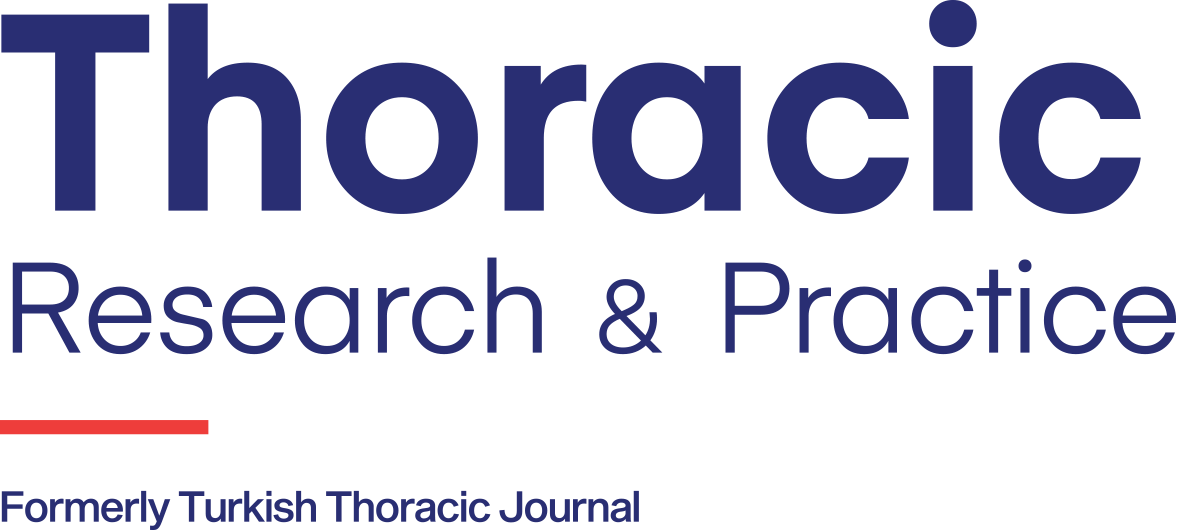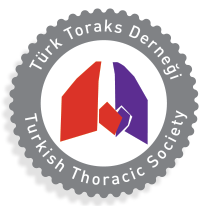Abstract
Objectives:
Thymus has various pathologies and its treatment is surgical excision. Although these pathologies are usually encapsulated, well-differentiated forum surrounding tissue, local invasion, pleural invasion and extrathoracic metastases can also be seen. The main principle in thymus surgery should be mediastinum exploration, en-block resection should include cervical pole and adjacent mediastinal adipose tissue, preservation of phrenic nerve and prevention of intrapleural spread.
Methods:
We retrospectively reviewed 33 patients who underwent surgery for anterior mediastinum mass, between 2009 and 2018 at our clinic.
Results:
Seventeen of our patients were female and sixteen were male. The mean age was 53.57 (29-84).Five of our patients had myasthenia gravis disease and these patients were receiving pyridostigmine bromide treatment. In 25 patients, thymus resection was performed by partial sternotomy and videothoracoscopic resection method was preferred in eight patients. One patient underwent mediastinostomy. One of our patients was reoperated two years later due to relapse. The mean duration of postoperative hospital stay was 4.1 days(2-7 days).The mean duration of hospitalization of our patients who underwent partial sternotomy was 3.96 days. The average duration of postoperative hospital stay was 4.75 days in our patients whom operated with video assisted thoracic surgery (VATS). Pathology results of our patients included thymus remnant in seven cases, thymus hyperplasia in six cases, type A thymoma in one case, type AB thymoma in three cases, type B1 thymoma in five cases, type B2 thymoma in three cases, type B3 thymoma in three cases. Two patients were diagnosed with thymic cyst, one with thymolipoma, one with thymic seminoma, and one with thymus-induced squamous cell. The mean size of the tumor excised from our patients was 5.48 cm (1.5 cm-13 cm). All of our patients were discharged with a cure and we have no mortality.
Conclusion:
The best results in thymus pathologies are obtained by total surgical resection. The preferred surgical technique depends on the age and condition of the patient, the localisation of the tumor, and the experience of the surgeon. Although partial sternotomy was used in most of our cases, VATS resection was performed in appropriate cases. Currently, thymectomy operations performed with VATS in myasthenia gravis surgery have been shown to be superior to postoperative pain, length of stay and cosmetic aspects of thymectomy operations performed with sternotomy.



